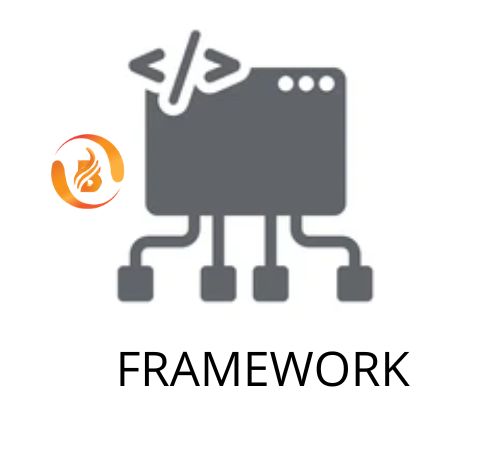A router is a piece of hardware that connects two or more packet-switched networks or subnetworks together. It has two basic functions: managing traffic across these networks by forwarding data packets to their proper IP addresses and letting numerous devices connect to the Internet at the same time. Custom Software Development Company In India deploys routers in developing networks for connecting different nodes.
Routers come in a variety of shapes and sizes, but the majority of them transport data between LANs (local area networks) and WANs (wide area networks) (wide area networks). A local area network (LAN) is a collection of linked devices that are limited to a specified geographic region. A single router is normally required for a LAN.
A WAN, on the other hand, is a big network that spans a broad geographic region. Large organizations and businesses with many sites across the country, for example, will require separate LANs for each location, which will then link to form a WAN. Because a WAN spans a broad region, it frequently involves the deployment of numerous routers and switches*.
What is the purpose of a router?
Consider a router to be an air traffic controller, and data packets to be planes flying to various airports (or networks). Each packet must be steered to its destination as effectively as possible, just as each plane has a distinct destination and takes a unique path. A router helps direct data packets to their intended IP address in the same manner that an air traffic controller ensures that flights arrive at their destinations without getting lost or experiencing severe disruptions along the way. A router employs an internal routing table — a collection of pathways to multiple network destinations — to properly guide packets. The router determines the destination of a packet by reading its header, then consults the routing table to identify the most efficient path to that destination. The packet is subsequently sent to the next network along the route. Custom Software Development Company In India implements routers and software to divide whole messages into packets.
What are the many kinds of routers?
A router must first communicate with a modem in order to connect a LAN to the Internet. There are two basic methods for doing so:

Wireless router:
A wireless router connects to a modem through an Ethernet connection. It disseminates data by transforming binary code packets into radio signals, which are subsequently wirelessly disseminated via antennas. Wireless routers don’t construct LANs; instead, they generate WLANs (wireless local area networks), which use wireless communication to connect many devices.
Wired router:
A wired router, like a wireless router, connects to a modem through an Ethernet connection. It then connects to one or more devices on the network using separate connections, creates a LAN, and connects the devices on the LAN to the Internet.
There are numerous specialized types of routers that perform specific roles in addition to wireless and wired routers for small LANs: A core router is used by major firms and enterprises that transfer a significant amount of data packets within their network, as opposed to routers used in a home or small business LAN. Core routers are located in the network’s “heart” and do not connect with other networks.
Edge router:
An edge router connects with both core routers and external networks, whereas a core router just regulates data flow within a large-scale network. Edge routers are located at the network’s “edge” and send and receive data from other LANs and WANs using the BGP (Border Gateway Protocol).
Virtual router:
A virtual router is a software program that mimics the functionality of a traditional hardware router. It might set up primary and backup virtual routers using the Virtual Router Redundancy Protocol (VRRP) if one fails.
Visit us at: www.biovustechnologies.com







